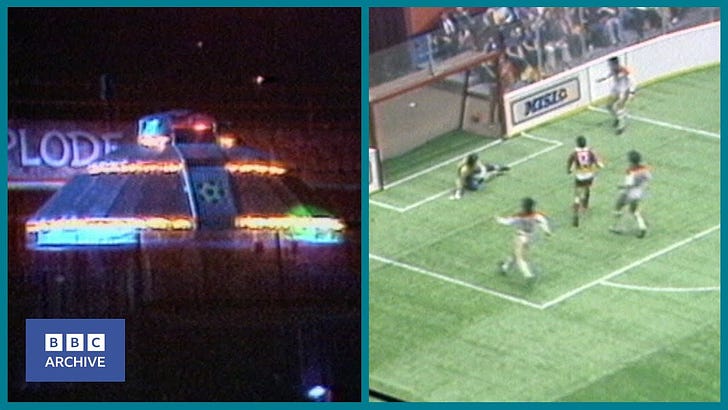[Since so many of you are new readers of this Substack, I am resending the first series (in three parts) of the MISL 1980s Substack. This was published back in February. Enjoy!]
This is the first installment of MISL 1980s, a Substack devoted to the hidden history of American soccer in the 1980s, a time when the indoor game became the highest level of pro…
Keep reading with a 7-day free trial
Subscribe to MISL 1980s: The Story of Indoor Soccer to keep reading this post and get 7 days of free access to the full post archives.



